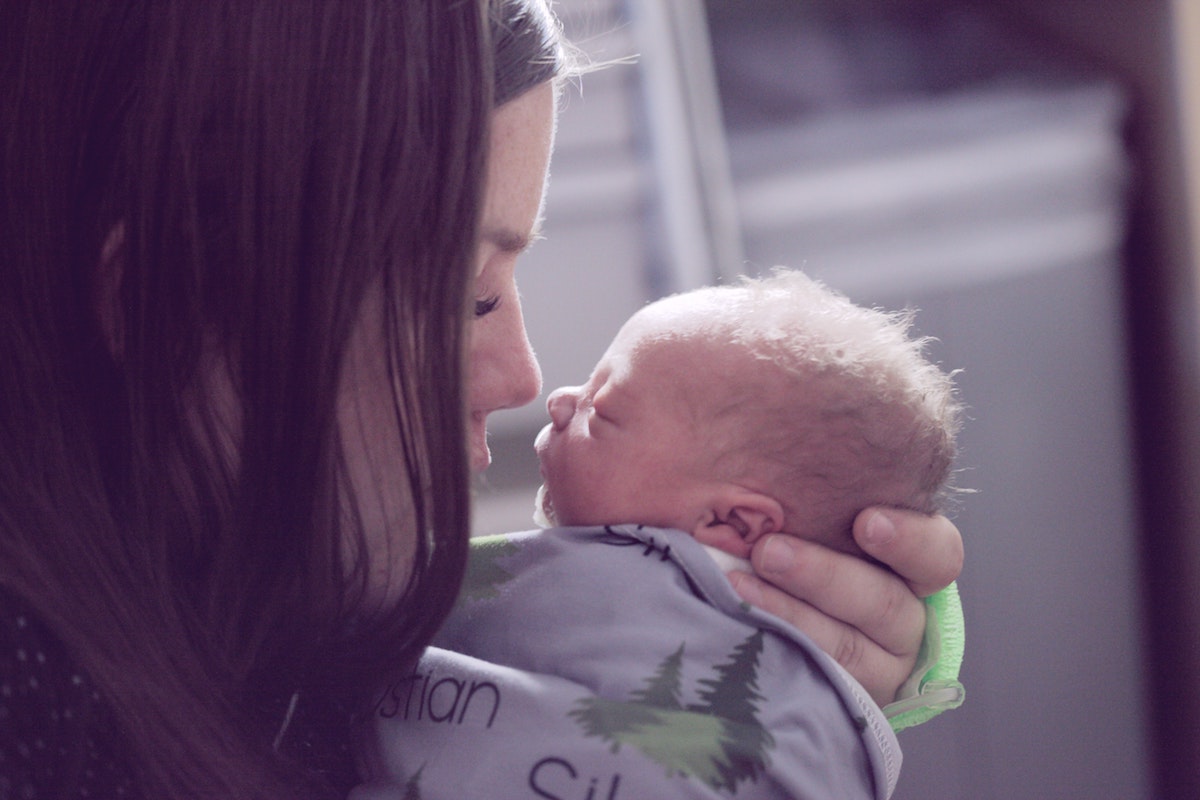Why is my baby yellow? How do I make it go away? Is it going to hurt my baby?
These are all common questions for new parents. Almost all newborns have jaundice to some degree. Jaundice is the buildup of bilirubin in the baby’s blood. Bilirubin is from the breakdown of the baby’s red blood cells, which is normal after delivery. The newborn liver is immature and cannot excrete the bilirubin as fast as it is produced. This bilirubin causes a yellow discoloration of skin and eyes. When the baby is in the hospital after birth they will be checked every 12-24 hours for jaundice, often by visual inspection and possibly by measurement through the skin. If the levels are high then blood will be drawn to check the exact level of bilirubin in the blood. The American Academy of Pediatrics has levels that are deemed low risk and high risk. The biggest concern about these high bilirubin levels is they can be toxic to the brain and cause kernicterus. Kernicterus is a lasting brain damage that can cause uncontrolled movement, an upward gaze, and hearing loss. The good news is that jaundice can be treated and kernicterus can be prevented. The best treatment is feeding. The more the baby eats the more the baby poops, which is how bilirubin is excreted. If levels become too high the baby will be admitted to the hospital for light therapy. Light therapy is special lamps that emit a blue-green spectrum which changes the structure of bilirubin and allows it to be excreted in the urine and stool.
In summary, jaundice is a yellowing of the baby’s skin that can cause brain damage. The level peaks at 3-5 days of life. So your pediatrician will look at your baby closely during hospital follow up and determine the degree of jaundice and if levels need to be checked. Therefore, it is very important to keep your hospital follow up appointments with your pediatrician.
 Back to Blog Homepage
Back to Blog Homepage
